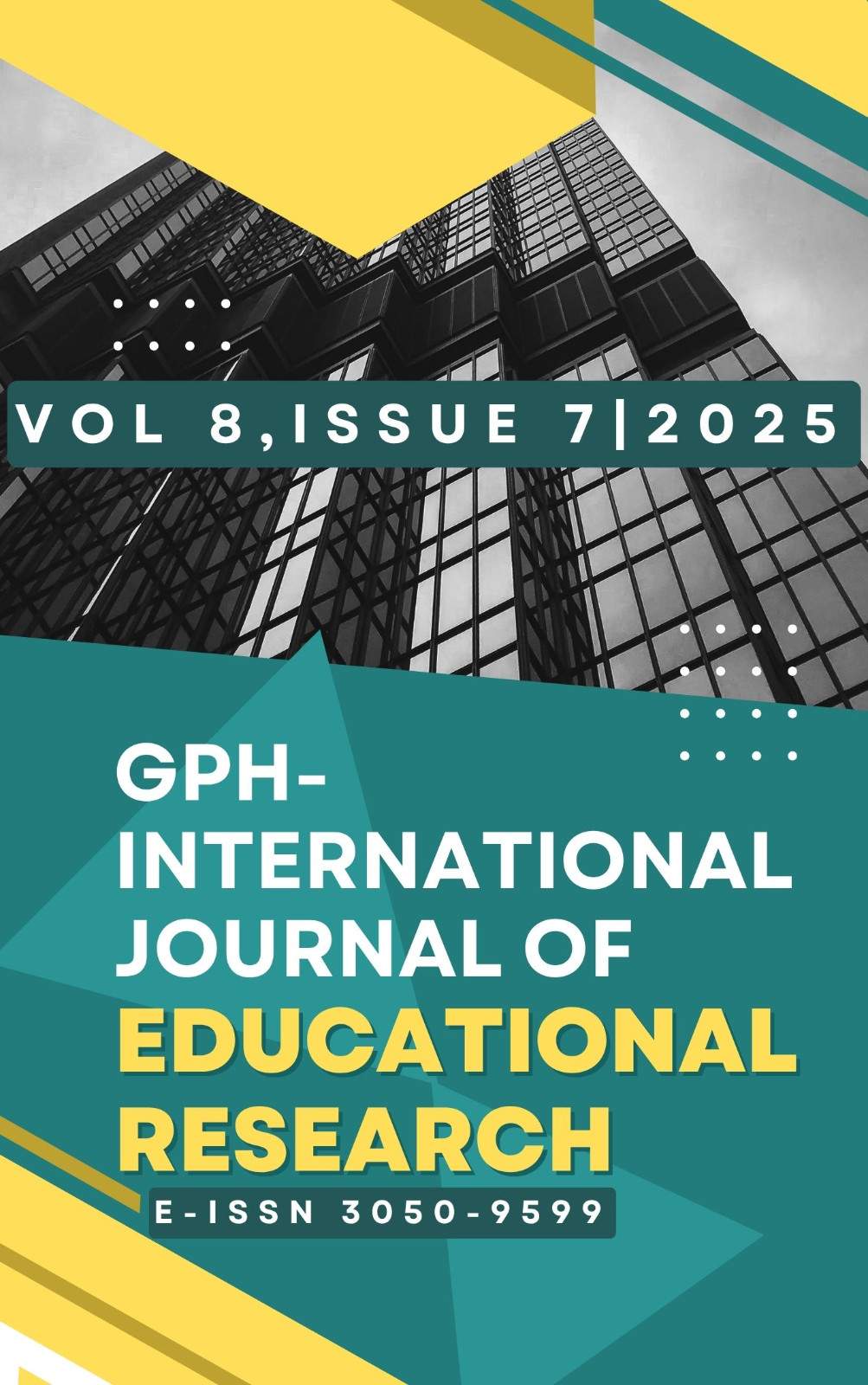FOSTERING LEADERSHIP CAPACITY FOR HIGH SCHOOL STUDENTS THROUGH THE STEM PROJECT “SMART CLOTHES RACK” IN TEACHING PHYSICS 11
Abstract
This paper presents the results of a study on teachers' perceptions and attitudes regarding the fostering of leadership capacity for students through the “Smart Clothes Rack” STEM project in the Physics 11 curriculum. The study employed a quantitative survey method, with a 13-item questionnaire administered to 33 practicing teachers. The collected data were analyzed using descriptive statistics and Cronbach's Alpha reliability analysis. The results indicate that teachers have a positive perception of the importance of STEM education and recognize a genuine need among students for leadership development; however, specific programs in schools are limited. The “Smart Clothes Rack” project was highly rated by teachers for its potential to develop teamwork skills (M=4.0303), problem-solving skills (M=4.0303), project management skills (M=4.1818), and overall leadership capacity (M=3.9697). The study concludes that implementing well-designed STEM projects with clear objectives, such as the “Smart Clothes Rack,” is an effective and feasible method for integrating leadership development into the teaching process, contributing to the holistic development of students
Downloads
References
Akcan, A. T., Yıldırım, B., Karataş, A. R., & Yılmaz, M. (2023). Teachersʼ views on the effect of STEM education on the labor market. Frontiers in Psychology, 14. https://doi.org/10.3389/fpsyg.2023.1184730
Arshad, A. Y. M. (2021). A systematic review: Issues in implementation of integrated STEM education. Turkish Journal of Computer and Mathematics Education (TURCOMAT), 12.
Asunda, P. A. (2018). Infusing computer science in engineering and technology education: An integrated STEM perspective. J Technol Stud, 44. https://doi.org/10.21061/jots.v44i1.a.1
Bencze, L., Reiss, M., Sharma, A., & Weinstein, M. (2018). STEM education as ‘Trojan horse’: Deconstructed and reinvented for all. In L. Bryan & K. Tobin (Eds.), 13 questions: Reframing education’s conversation: Science. Peter Lang.
Bennett, D., Knight, E., Bawa, S., & Dockery, A. (2021). Understanding the career decision making of university students enrolled in STEM disciplines. Australian Journal of Career Development. https://doi.org/10.1177/1038416221994312
Bozkurt Altan, E., & Tan, S. (2021). Concepts of creativity in design based learning in STEM education. International Journal of Technology and Design Education, 31. https://doi.org/10.1007/s10798-020-09569-y
Breiner, J. M., Harkness, S. S., Johnson, C. C., & Koehler, C. M. (2012). What is STEM? A discussion about conceptions of STEM in education and partnerships. School Science and Mathematics, 112. https://doi.org/10.1111/j.1949-8594.2011.00109.x
Dorph, R., Bathgate, M., Schunn, C., & Cannady, M. (2018). When I grow up: The relationship of science learning activation to STEM career preferences. International Journal of Science Education, 40. https://doi.org/10.1080/09500693.2017.1360532
English, L. D. (2016). STEM education K-12: Perspectives on integration. International Journal of STEM Education, 3. https://doi.org/10.1186/s40594-016-0036-1
Hà, M. H., Ma, T. S., & Trịnh, T. Y. (2023). Thực trạng tổ chức hoạt động trải nghiệm STEM ở các trường trung học cơ sở huyện Yên Sơn, tỉnh Tuyên Quang. Tạp Chí Giáo Dục, 23(đặc biệt 8), 289–295.
Hán, T. H. T., & Đỗ, H. T. (2023). Tổ chức dạy học dựa trên vấn đề bài học STEM “hiện tượng bay hơi và ngưng tụ” (Khoa học tự nhiên 6) nhằm phát triển năng lực khoa học tự nhiên cho học sinh. Tạp Chí Giáo Dục, 23(13), 29–35.
Nguyễn, H. D., Phạm, T. H. A., Nguyễn, T. D., & Nguyễn, T. M. D. (2021). Vận dụng mô hình 5E vào dạy học phần “Lắp ráp mô hình kĩ thuật” ở tiểu học theo định hướng giáo dục STEM. Tạp Chí Giáo Dục, 498(2), 30–35.
Phạm, N. S., Vũ, T. T. H., & Võ, V. D. E. (2023). Năng lực giáo dục STEM của giáo viên dạy học môn Khoa học tự nhiên tại thành phố Hà Nội. Tạp Chí Giáo Dục, 23(đặc biệt 8), 282–288.
Author(s) and co-author(s) jointly and severally represent and warrant that the Article is original with the author(s) and does not infringe any copyright or violate any other right of any third parties, and that the Article has not been published elsewhere. Author(s) agree to the terms that the Global Publication House will have the full right to remove the published article on any misconduct found in the published article.























